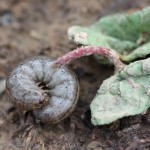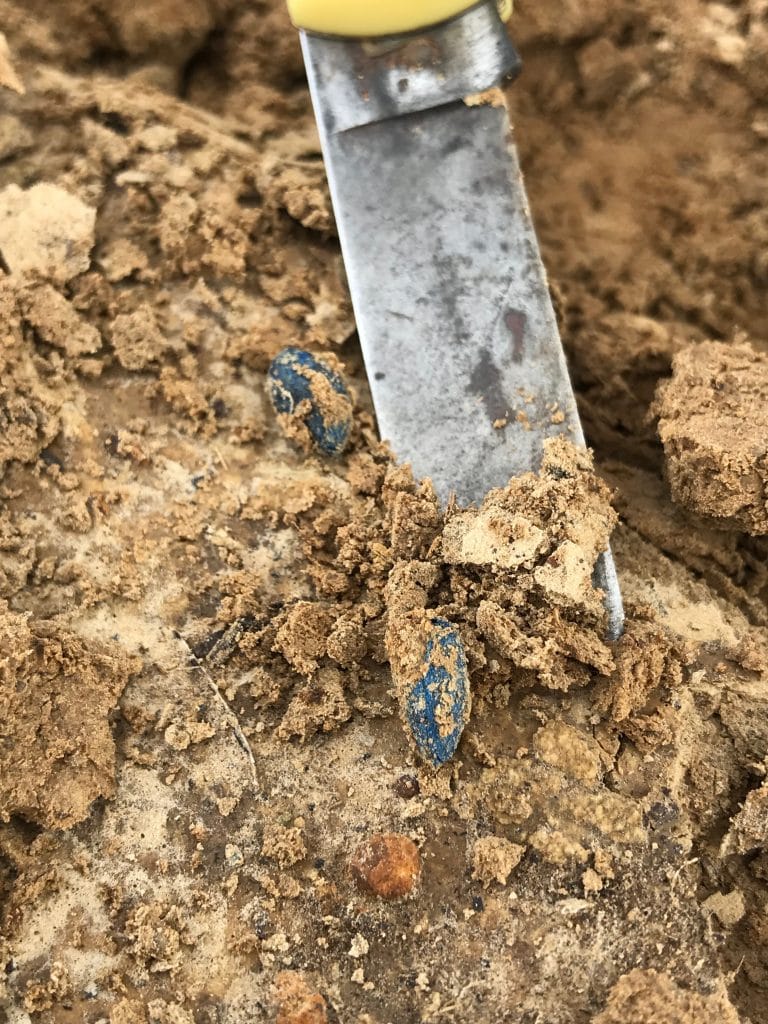This week I received the first sample of southern rust in corn from Martin, TN (Weakley Co.).
Category Archives: Diseases
Disease Scouting in Cotton
This video features Heather Kelly discussing diseases to look out for in cotton fields this summer. A follow up to previous article, Cotton Diseases – what to be on the lookout for.
Cotton Diseases – what to be on the lookout for
As seen in previous news.utcrops.com blog articles both insects and weather are impacting cotton (Crunch Time for Cotton Insects and Cotton response to saturated soils in West TN), and this article discusses the diseases (fungal, bacterial, and viral pathogens) that may also be impacting cotton. Continue reading
Cotton – fungicide options and if you need them
Cotton is blooming in Tennessee and I’ve gotten some calls asking about fungicides – there are options but none is warranted at this time, but as the rain, heat, and humidity continue we may start to see target spot develop which could justify a fungicide application.
Reminder – Soybean Scout School This Week (7/17) in Dyersburg
UT’s Soybean Scout Schools will be held in July (see below). These field-side programs cover the basics of soybean growth, scouting, pest identification, and general management. Pesticide recertification and CCA CEU points will be available. Scout Schools are offered free of charge with sponsorship from the Tennessee Soybean Promotion Board. Registration is not required. Participants will receive a scouting notebook and a sweep net while supplies last. Continue reading
Relatively low disease in Tennessee Corn
With no reports of southern rust in Tennessee (only some in GA and LA reported at this time), it is a relatively quiet disease season in corn, with the exception of grey leaf spot and physioderm brown spot in Tennessee.
REMINDER – UT Cotton Scout School (Friday, May 31, 2019)
 The UT Cotton Scout School is scheduled for the last Friday of the month, May 31st, at the West Tennessee Research and Education Center (605 Airways Blvd, Jackson). There is no fee, and preregistration is not required. Registration begins at 8:00 AM with the program starting at 8:30. Content will include classroom and hands-on training with an optional ‘go-to-the-field session’ after a box lunch. Topics covered will include cotton development and identification and symptoms of insect pests, plant diseases, and weeds.
The UT Cotton Scout School is scheduled for the last Friday of the month, May 31st, at the West Tennessee Research and Education Center (605 Airways Blvd, Jackson). There is no fee, and preregistration is not required. Registration begins at 8:00 AM with the program starting at 8:30. Content will include classroom and hands-on training with an optional ‘go-to-the-field session’ after a box lunch. Topics covered will include cotton development and identification and symptoms of insect pests, plant diseases, and weeds.
Thoughts on cotton with 7 days left in May
 I’ve spent the past several days walking replants and fielding last minute variety placement/selection questions. This post covers a few thoughts I’d like to share concerning replants, variety maturity, and determining when to stop planting cotton. Continue reading
I’ve spent the past several days walking replants and fielding last minute variety placement/selection questions. This post covers a few thoughts I’d like to share concerning replants, variety maturity, and determining when to stop planting cotton. Continue reading

